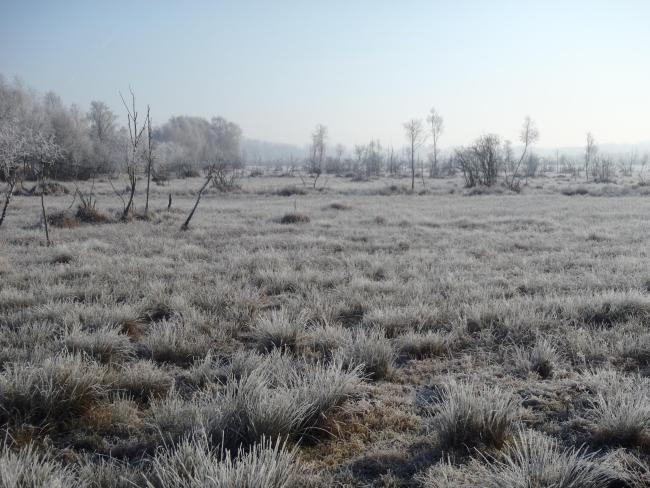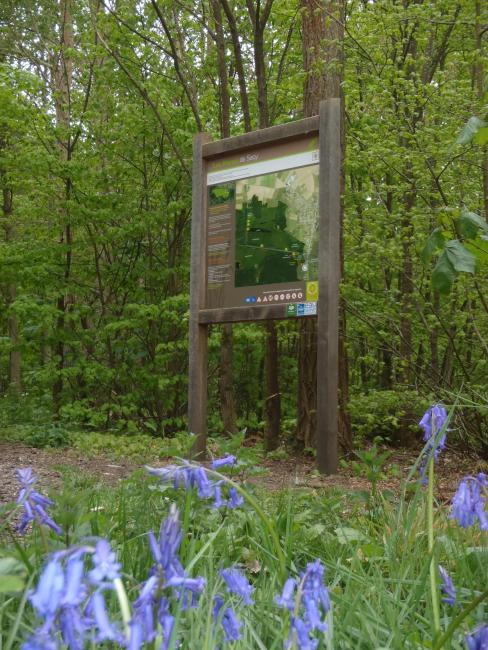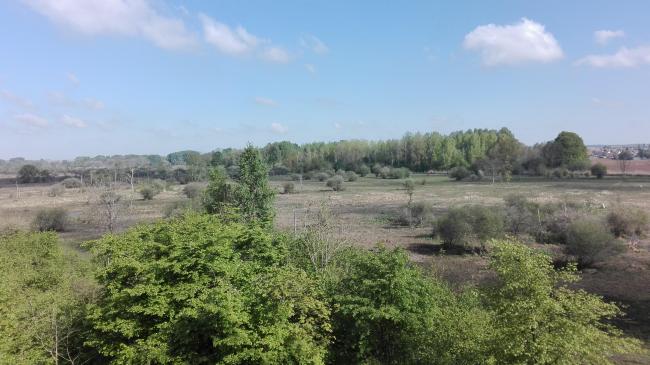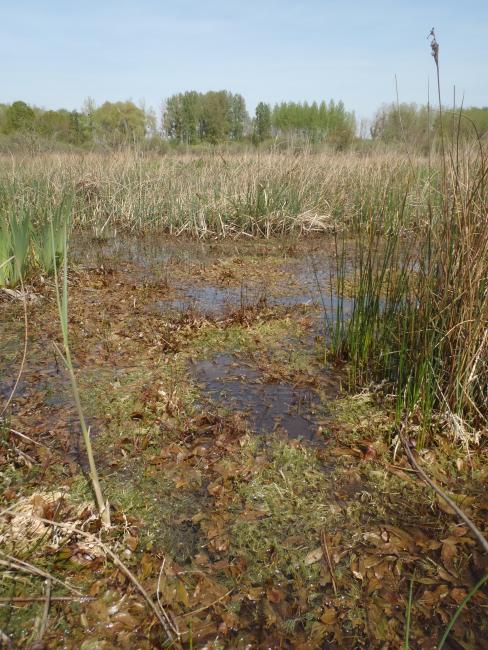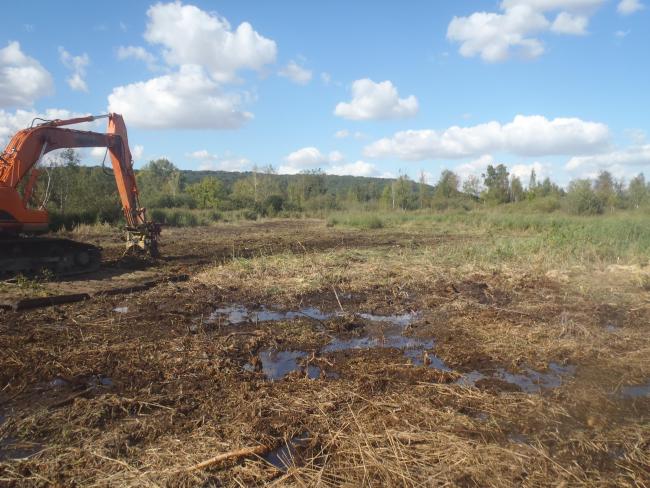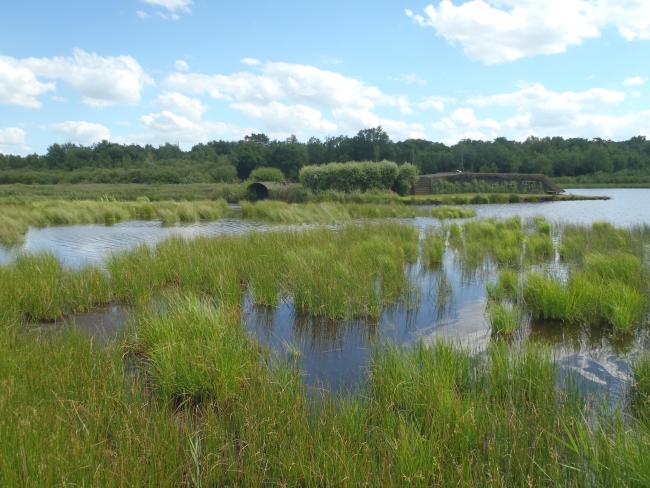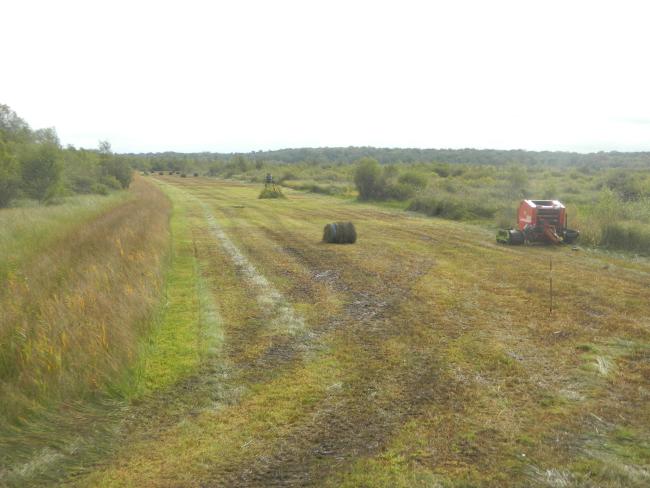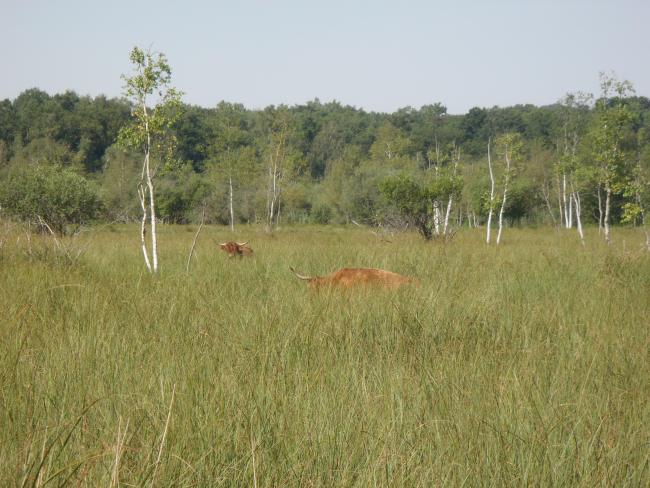Marais de Sacy
Marais de Sacy
- Country:
- France
- Site number:
- 2312
- Area:
- 1,073.0 ha
- Designation date:
- 09-10-2017
- Coordinates:
- 49°20'20"N 02°33'13"E
Carousel
CarouselMaterials presented on this website, particularly maps and territorial information, are as-is and as-available based on available data and do not imply the expression of any opinion whatsoever on the part of the Secretariat of the Ramsar Convention concerning the legal status of any country, territory, city or area, or of its authorities, or concerning the delimitation of its frontiers or boundaries.
Marais de Sacy includes a vast wetland and alkaline peatland of great ecological and cultural value, which is also important for research and education. The presence of typical, well-preserved habitats of European importance which have unfavourable status nationally lends the Site great conservation significance for the Atlantic biogeographical region. It is home to globally vulnerable species such as the southern water vole Arvicola sapidus, the great raft spider Dolomedes plantarius and the narrow-mouthed whorl snail Vertigo angustior. It is also an important stage for migratory birds. Non-intensive grazing and traditional hunting practices carried out in cooperation with landowners help maintain the Site’s ecological character. Water cress Nasturtium officinale was once produced here for the Paris market and many of the ponds remain. The Site has an interesting hydrology; some parts are supplied from the north by calcium carbonate-rich groundwater and others from the south by sulphate-rich rainfall. It provides water for agriculture and drinking water for more than 25,000 people. The peatland traps and stores carbon while the accumulation of organic matter enables soil formation.
- Espaces Naturels Sensibles - Marais de SAcy
- Zones Naturelles d'Intérêt Ecologique Faunistique et Floristique - Marais de Sacy-le-Grand et Buttes sableuses des Grands Monts
- EU Natura 2000
- FR2312RIS_1710_fr.pdf
- FR2312_map1604.pdf
- FR2312_mgt1604.pdf




